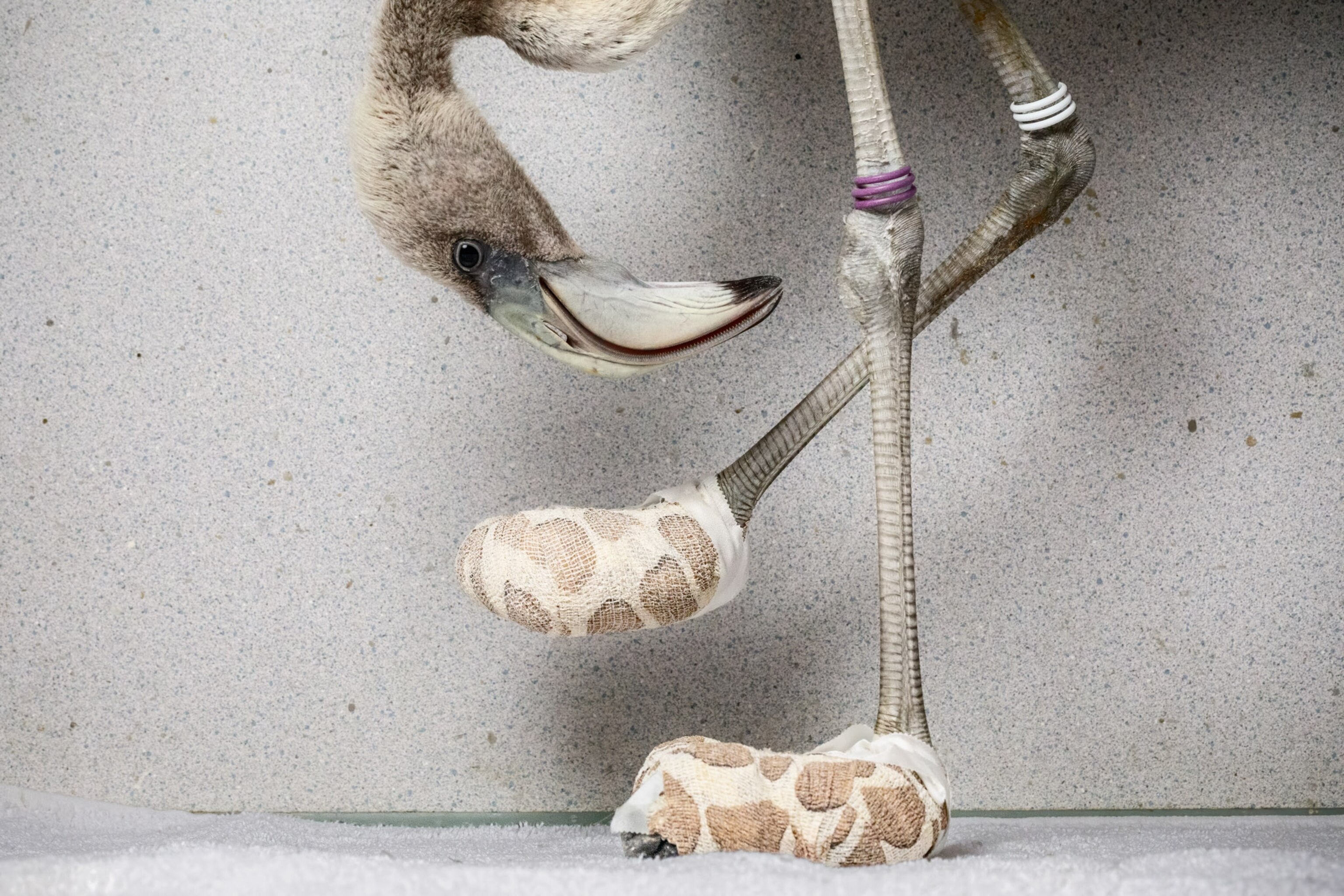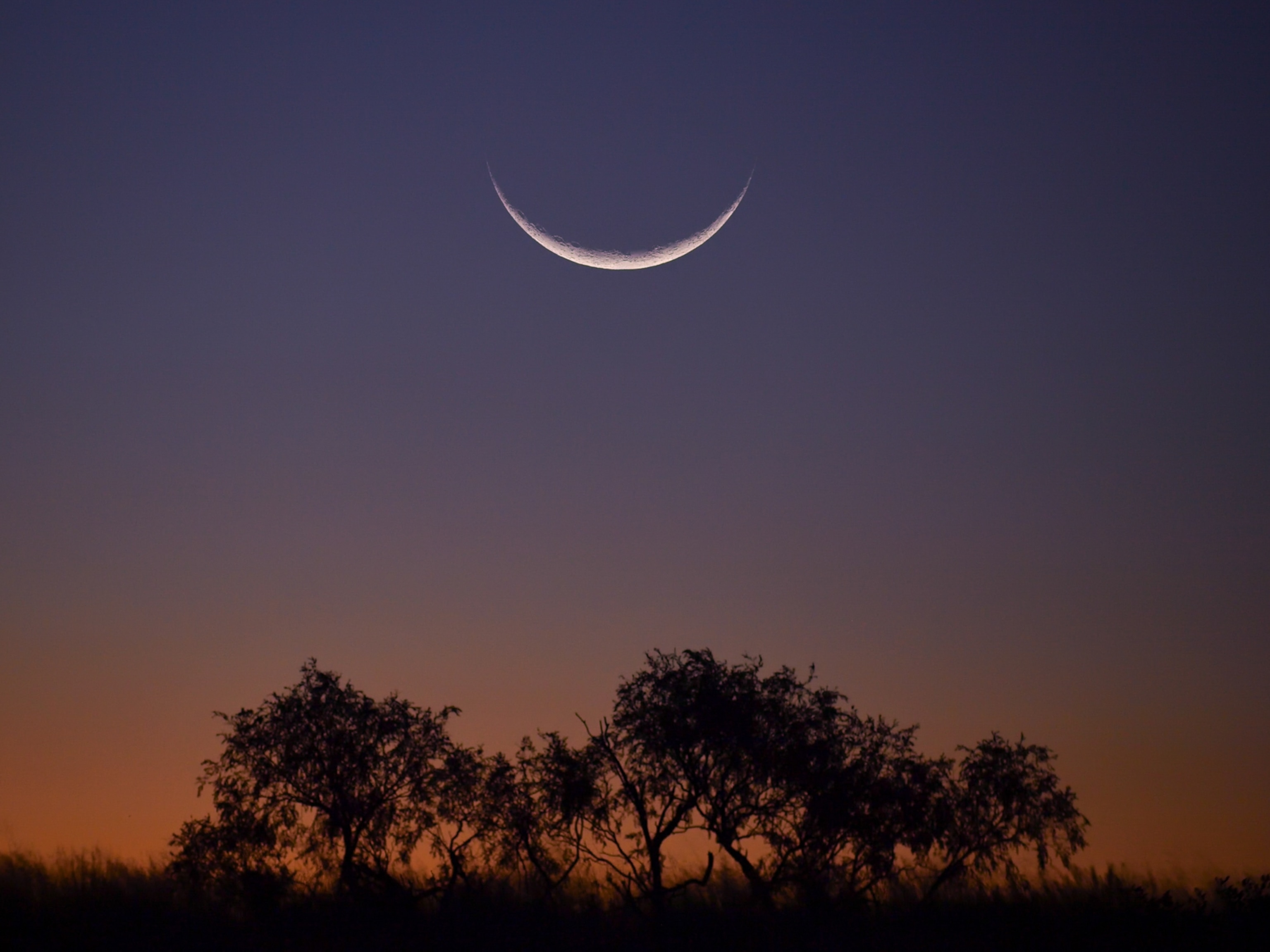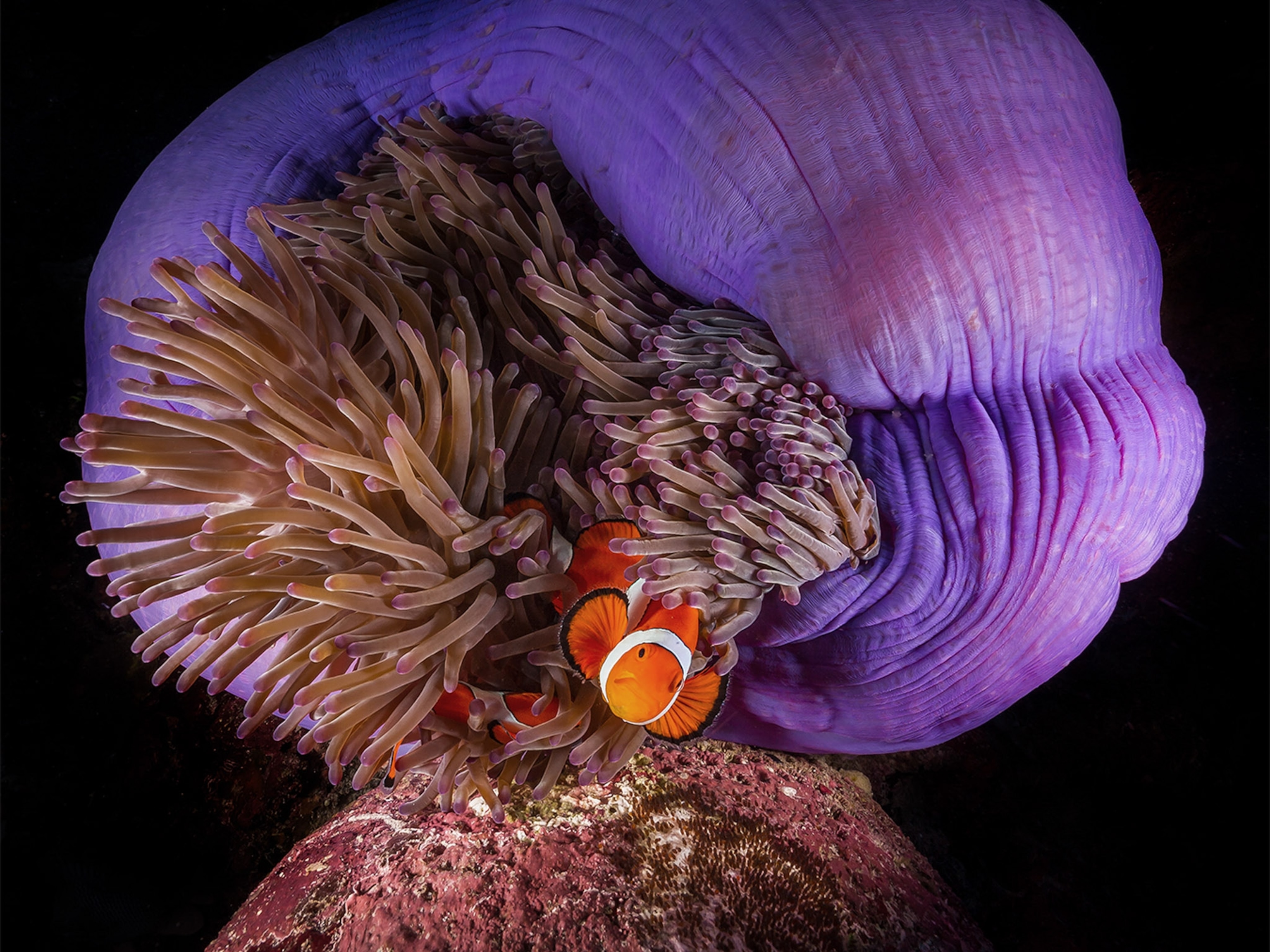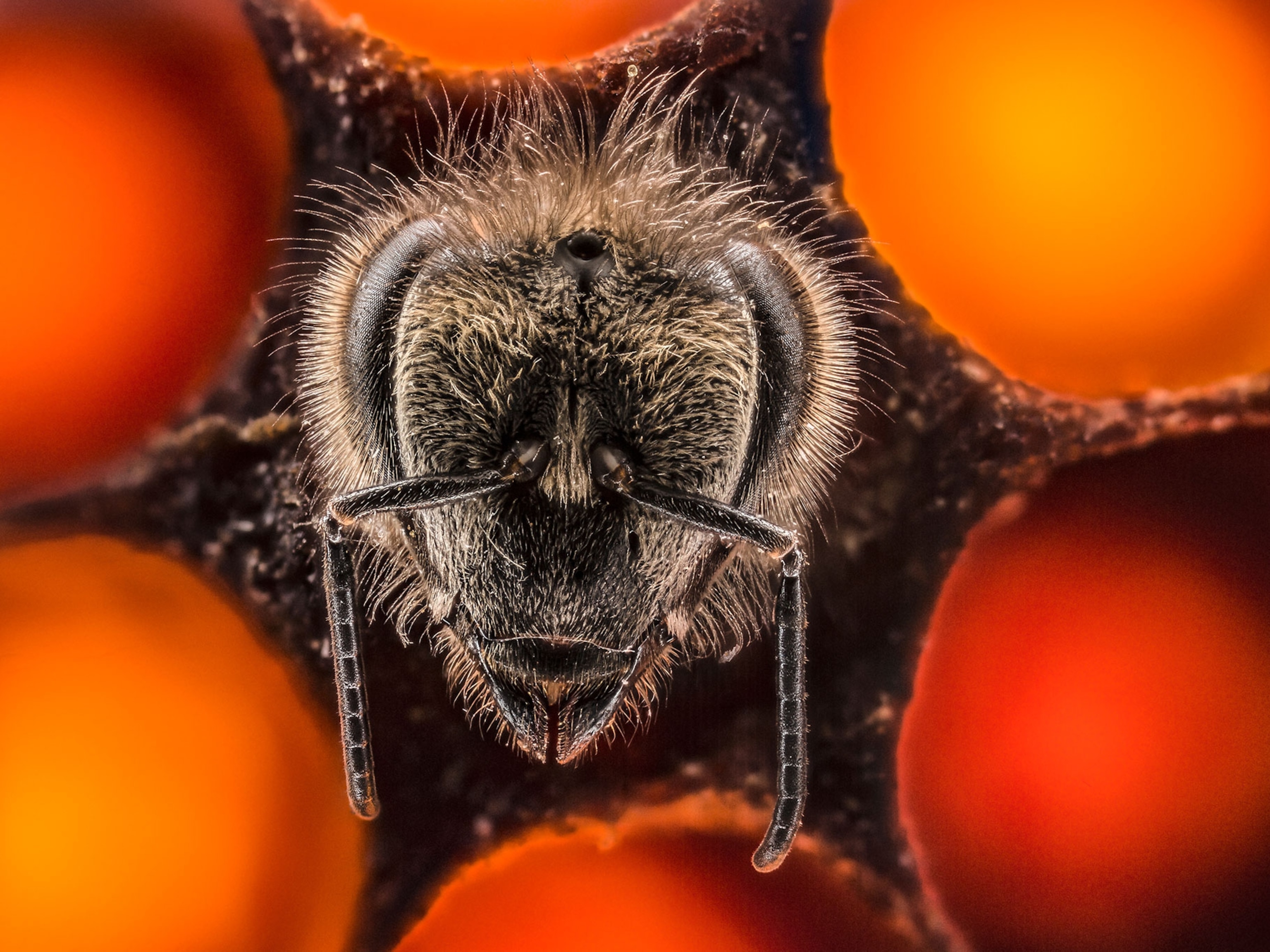
How to take wildlife photos like a pro
With the right research and enough patience, anyone can get an extraordinary photo of animal life. These are Jasper Doest's tips gleaned from decades as a wildlife photographer.
My love for wildlife comes from my parents, who raised me to love and respect the natural world. Being a shy teenager, I felt like nature was a place I belonged. Now, I’ve been taking pictures for 39 years. Documenting nature came naturally to me—we're all part of it. You don't need to ask permission to be there: You only need to behave like a guest and you’ll be accepted. Some of my favorite wildlife projects feature everyday subjects that may be taken for granted.
(See Nat Geo’s best pictures of 2023.)
Here are my tips for great wildlife photography.
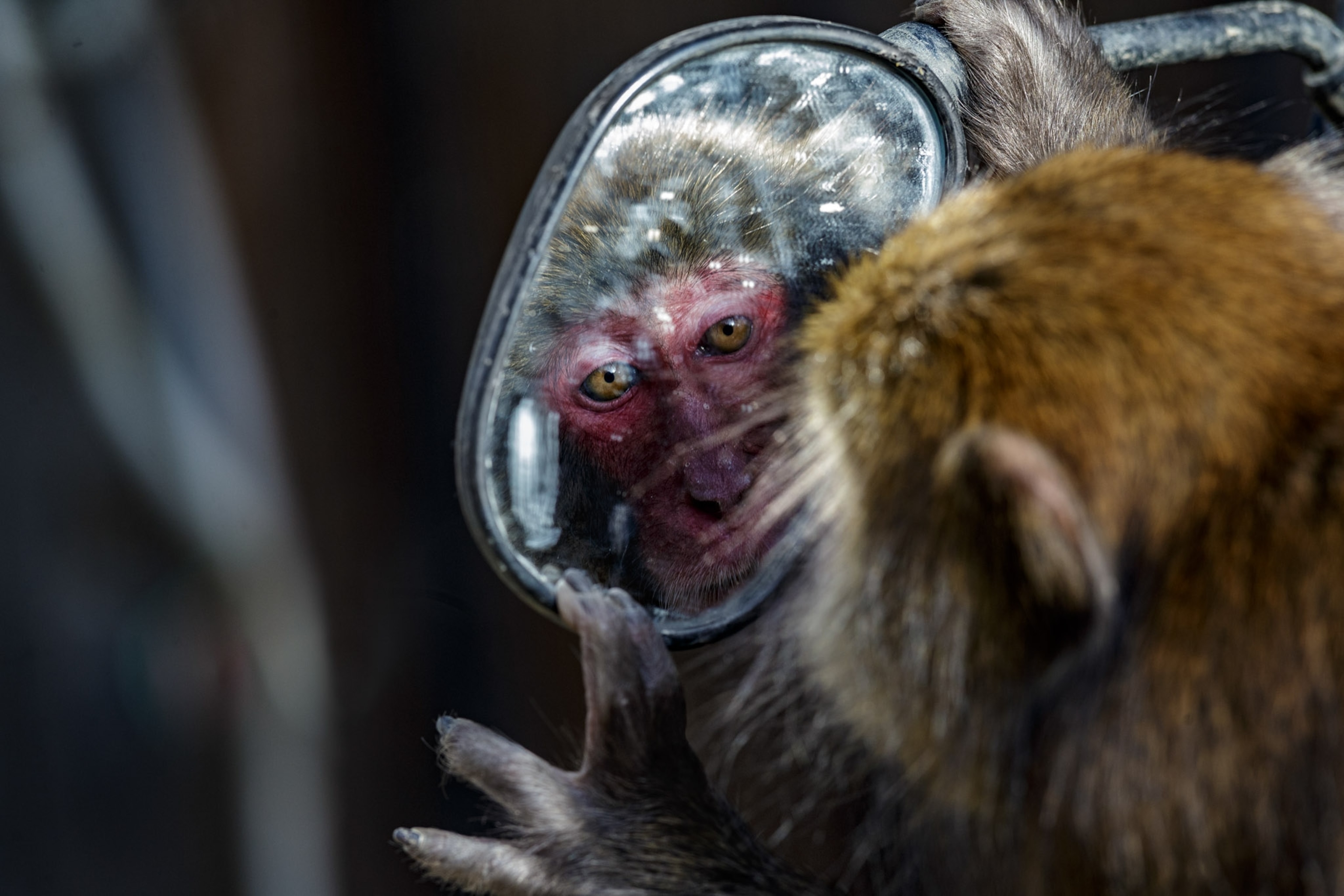
Start at home
Whether your goal is to become a professional photographer, to photograph a rare animal, or to simply improve your technique, look first to your backyard. Pigeons, squirrels, and deer are all wildlife—and most times, a surprising and unique image of an “ordinary” animal is better than a mediocre image of a rarer one. You want to find an animal’s habitat that you can visit again and again—the more opportunities you give yourself, the better chance you’ll have at getting a photograph you’re proud of.
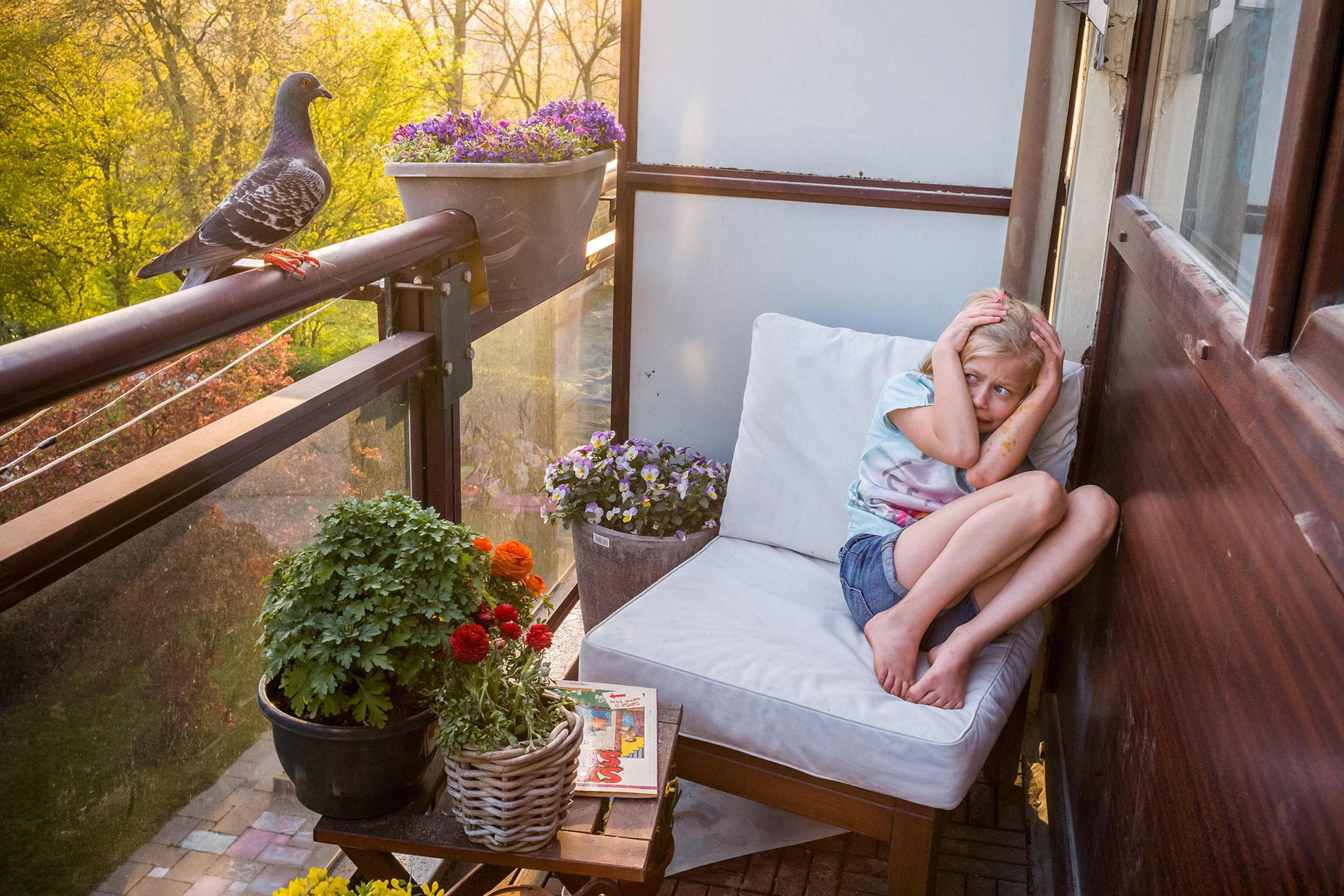
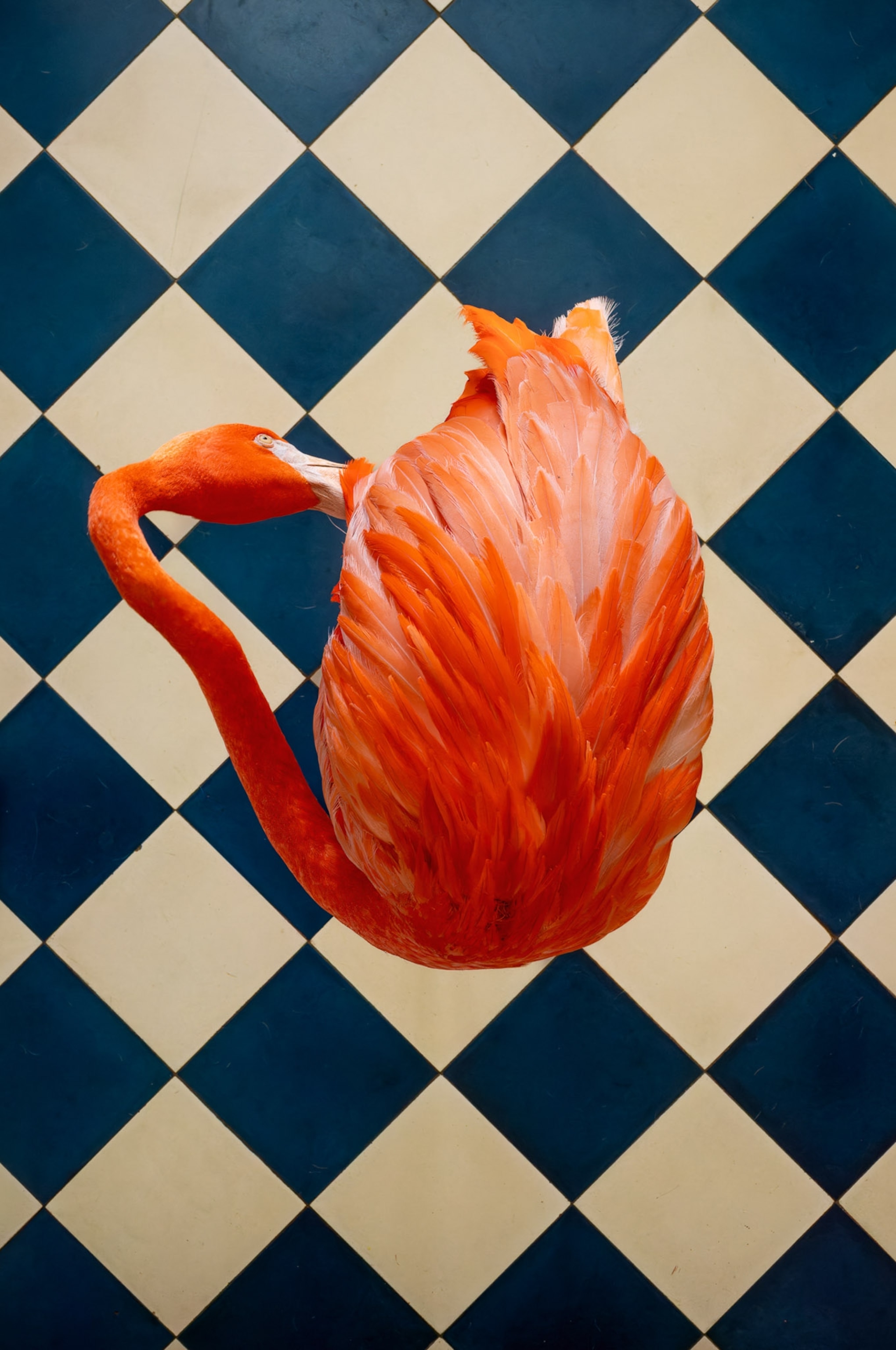
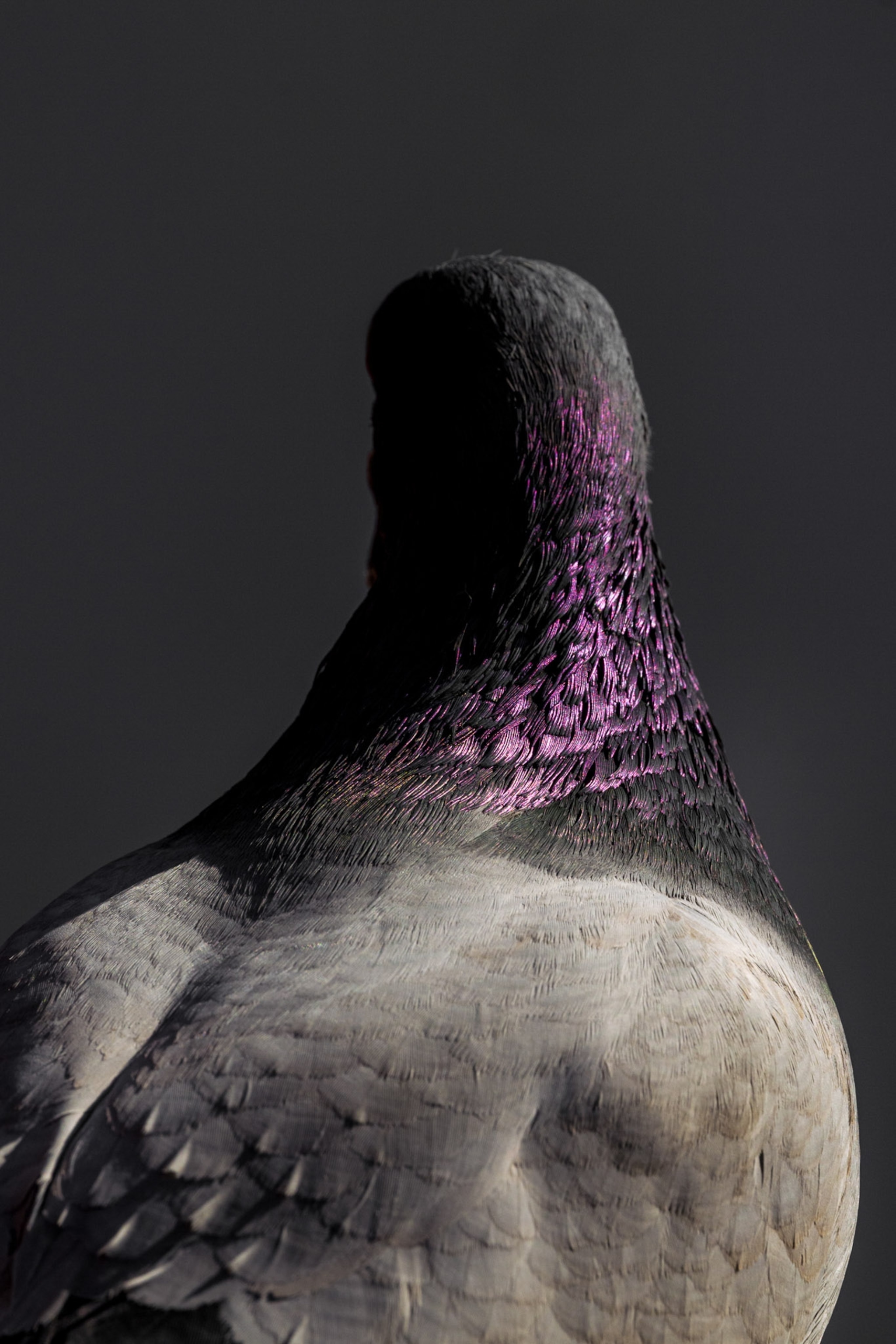
Do your homework and be patient
Before you shoot, come prepared. First, find out what species are common in the area. It can help to scout a local park or even around your block. While scouting, use apps like iNaturalist and Merlin Bird ID to identify and familiarize yourself with local species.
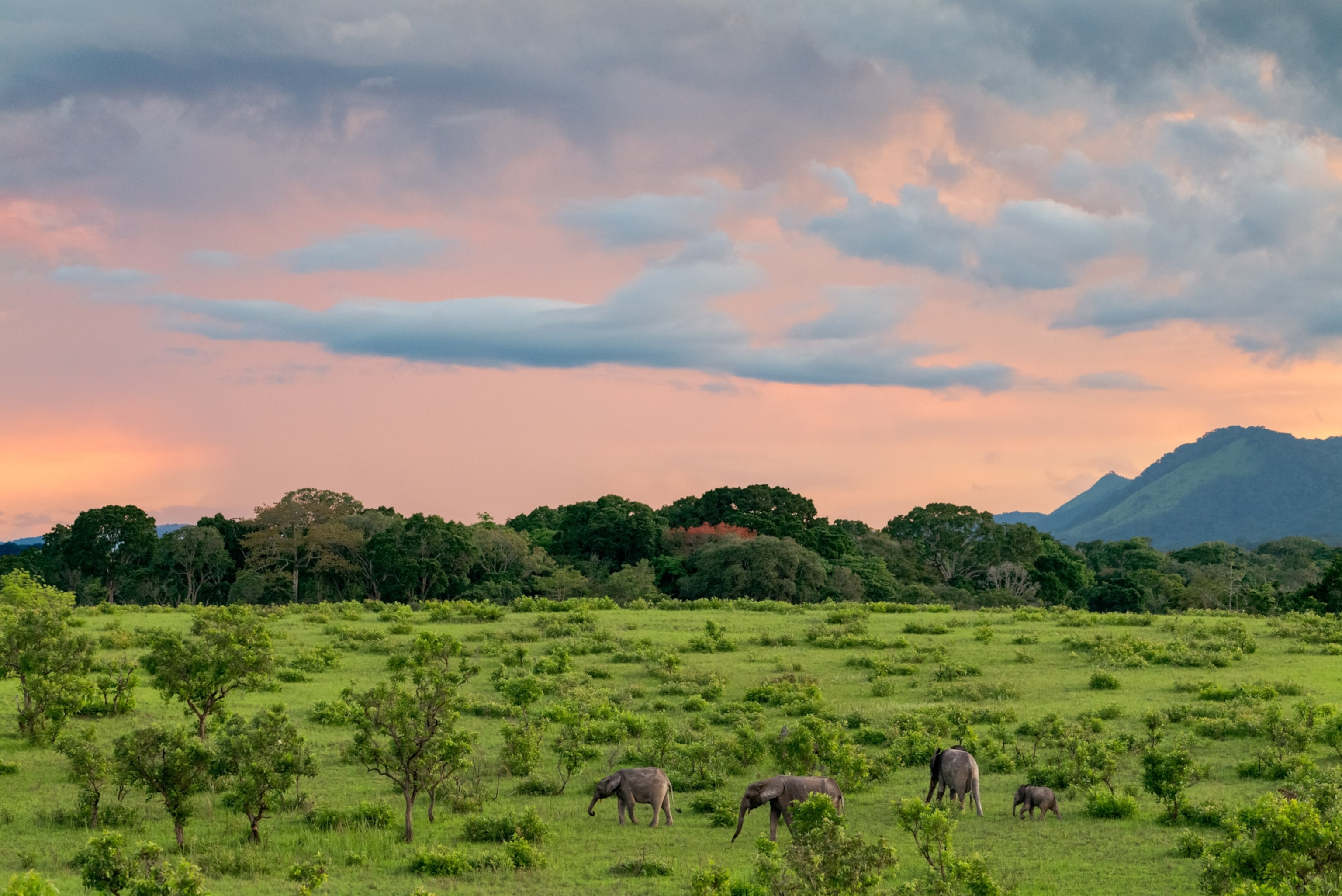
Animals are like us, they are creatures of habit: You will find they frequent the same places at certain times of day or during certain weather. Pay attention to these habits while scouting, and take multiple scouting trips to see these habits in action. Over time, you might even notice the trails that these animals leave behind, from droppings to footprints.

Go the extra mile
When using a smartphone, a surprising detail people tend to forget is cleaning the lens. Carry some lens wipes with you, or use a cotton shirt.
Ditch digital zoom, and get yourself physically closer to your subject. Get on the ground or up high to be on their level, which will create a more intimate image. You're not going to achieve an amazing image by keeping your clothes clean: You may have to crawl in the mud to get the shot—worry about laundry later.
Also try experimenting with black and white, which can eliminate the distraction of colors and focus attention on the composition, action, and scene. On most modern smartphones, you can revert the image back to color if you change your mind.
